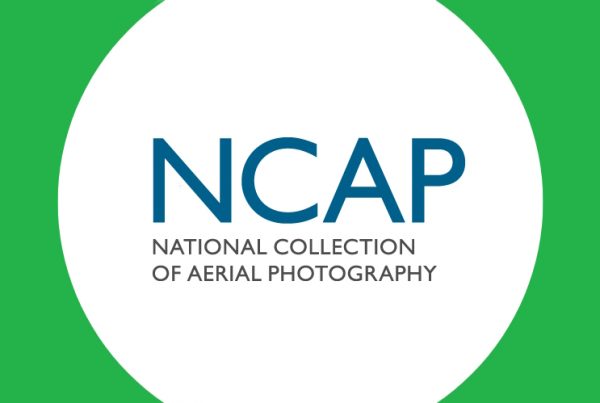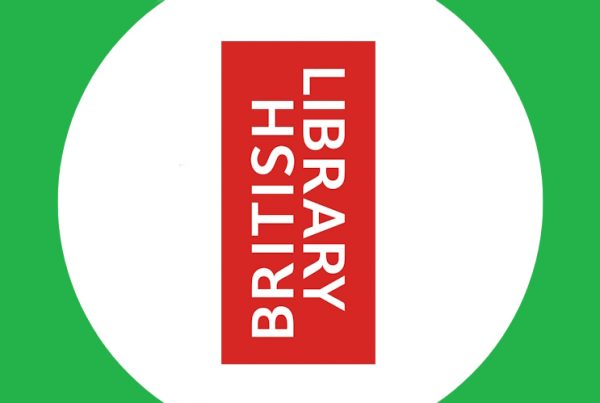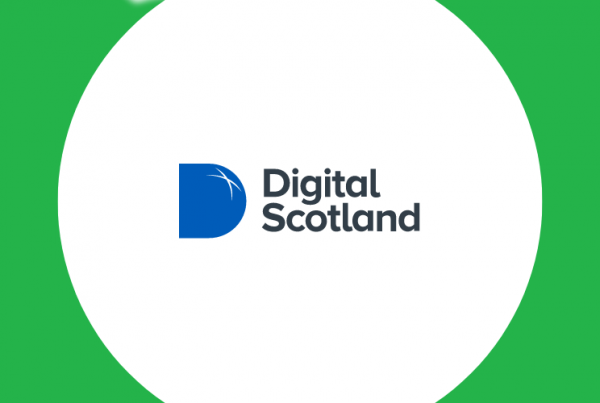We’re moving
We are now part of Idox Geospatial. As a result, the thinkWhere website is being retired.
The good news is that we have a new home at www.idoxgeospatial.co.uk.
If you’re looking for a specific success story or page, you’ll be automatically redirected to the new version. But if something doesn’t look right or you need help finding information you can contact us at hello-geo@idoxgroup.com.
We look forward to welcoming you to our new website!
The thinkWhere Team






